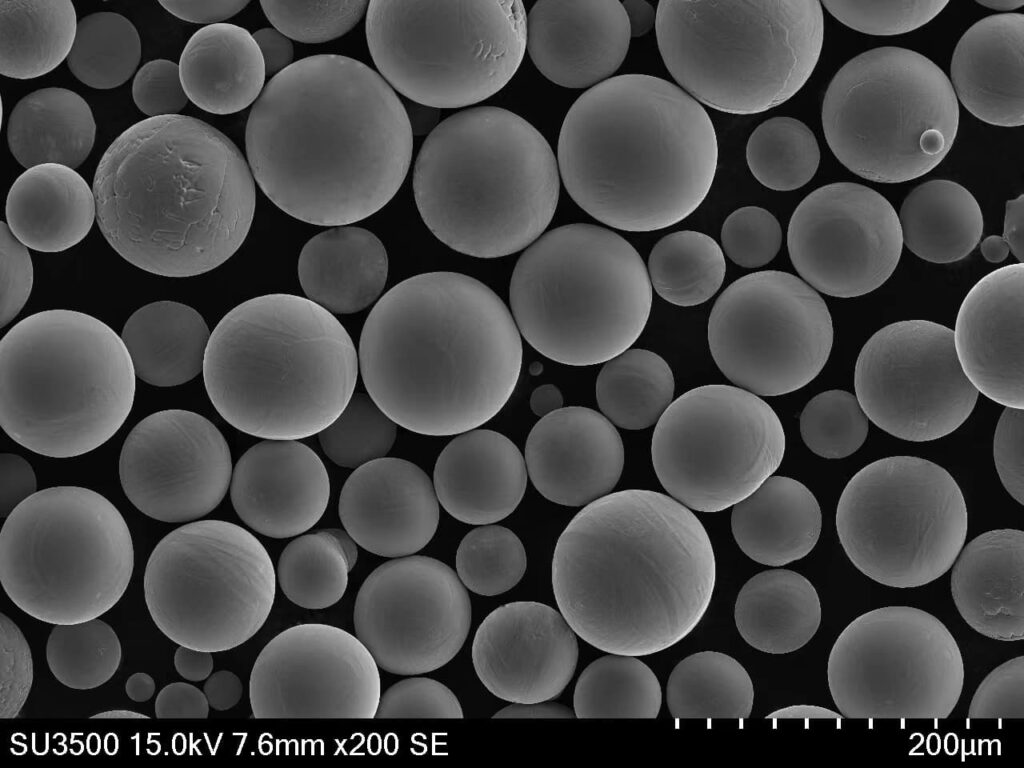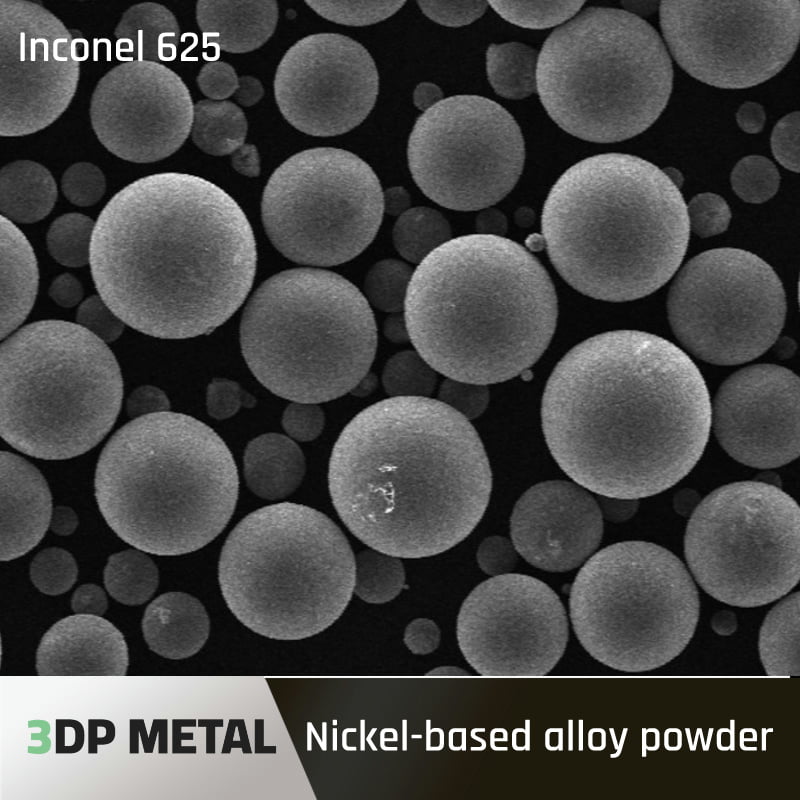Imagine cruising down a scenic highway, the wind whipping through your hair, when you suddenly need to slam on the brakes. You expect a confident, controlled stop, not a heart-stopping skid. Enter the world of brake disc coatings, a revolutionary powder technology that’s transforming how we think about braking performance.
The Need for Speed (Control, That Is)
Traditional brake discs, made from cast iron, are workhorses. They’re durable and affordable. But, like a trusty steed getting long in the tooth, their performance suffers under intense braking conditions. High temperatures cause warping, vibration (that unpleasant judder you feel in the pedal), and fade (reduced stopping power). These issues are particularly problematic for performance vehicles and those driven in stop-and-go traffic.
Enter the Powder Powerhouse:
Brake disc coatings are a relatively new technology that addresses these limitations. These coatings are made from specially formulated metal powders that are applied to the braking surface of the disc. Think of it like giving your workhorse a performance upgrade.

A Symphony of Metals: Unveiling the Powder Posse:
The world of brake disc coating powders is a diverse one, each with its own unique properties. Here are ten of the most common players:
| メタルパウダー | 作曲 | プロパティ | アプリケーション |
|---|---|---|---|
| Nickel Chromium (NiCr) | Nickel and Chromium | 高い耐摩耗性、良好な耐食性 | Standard performance upgrade for passenger cars |
| Nickel Silicon Carbide (NiSiC) | Nickel and Silicon Carbide | Excellent wear resistance, improved fade resistance | High-performance vehicles, sports cars |
| 炭化ケイ素(SiC) | 炭化ケイ素 | Exceptional wear resistance, superior fade resistance | Racing applications, high-performance braking systems |
| 炭化タングステン(WC) | 炭化タングステン | Extremely high wear resistance, exceptional fade resistance | Motorsport, high-end performance vehicles (Used sparingly due to cost) |
| Ceramic (Mixed Oxides) | Ceramic oxides (e.g., Aluminum Oxide) | High thermal conductivity, improved noise reduction | Performance vehicles, luxury cars |
| Chromium Carbide (CrC) | 炭化クロム | Good balance of wear and fade resistance | Mid-range performance upgrades, aftermarket discs |
| Molybdenum Disulfide (MoS2) | Molybdenum Disulfide | Low friction coefficient, good wear resistance | Specialty applications, noise reduction focus |
| ステンレス鋼 | 鉄、クロム、ニッケル | Corrosion resistant, affordable option | Budget-friendly upgrade, replacement discs |
| Cast Iron | Iron, Carbon, Silicon | Similar to standard discs, improved corrosion resistance | Remanufactured discs, some aftermarket options |
Decoding the Data: A Tale of Trade-Offs
As with any engineering marvel, there’s no single “perfect” powder. Each material offers a unique blend of properties, leading to a fascinating dance of trade-offs. Let’s break it down:
- 耐摩耗性: This is a top priority. Powders like SiC and WC excel here, extending the life of your discs significantly. However, extreme wear resistance can come at the expense of pad wear.
- Fade Resistance: As temperatures rise, braking performance can decline. Powders like NiSiC and SiC help maintain stopping power under heavy braking.
- Friction Coefficient: This determines the “bite” of the brakes. Powders like MoS2 offer a lower friction coefficient, reducing noise but potentially compromising initial braking feel.
- コストだ: This varies greatly. Budget-friendly options like stainless steel exist, while high-performance powders like WC can be quite expensive.
The Power of Choice: Where Does Your Brake Journey Lead?
The ideal powder for your vehicle depends on your driving style and needs. Here’s a quick guide:
- Daily Driver: Standard performance upgrades like NiCr or NiSiC offer a good balance of wear and fade resistance for everyday driving.
- Performance Enthusiast: For a sportier feel, consider SiC or Ceramic powders. They excel under heavy braking and offer improved fade resistance.
- Track Warrior: When every millisecond counts, WC might be the answer. But remember, extreme wear resistance comes at a premium price.
Beyond the Basics: Unveiling the Nuances
The world of brake disc coatings goes beyond just the powder itself. Here are some additional factors to consider:
- Application Method: There are various techniques for applying the powder, each with its own advantages and limitations. Thermal spraying is a common choice, while laser cladding offers a more precise but expensive option.
- Disc Material: The type of disc (cast iron, composite) can influence the choice of powder and application method.
- Disc Thickness: Coatings can add a slight increase to the disc’s thickness. Ensure






the Pros and Cons of brake disc coatings powder
While brake disc coatings offer a tantalizing glimpse of improved braking performance, they’re not without their drawbacks. Here’s a balanced view to help you decide if they’re the right fit for your car.
Advantages of Brake Disc Coatings:
- Enhanced Stopping Power: High-performance powders like SiC and WC significantly improve fade resistance, ensuring consistent braking even under heavy use. Imagine navigating a winding mountain road with confidence, knowing your brakes won’t give out on those tight corners.
- Reduced Wear and Tear: Powders boast superior wear resistance compared to traditional cast iron discs. This translates to longer disc life, saving you money on replacements in the long run. Think of it as extending the lifespan of your trusty steed, reducing those pesky trips to the mechanic.
- Improved Noise Reduction: Certain powders, like Ceramic and MoS2, offer a quieter braking experience. Say goodbye to that ear-splitting screech when you come to a stop, hello to a smoother, more civilized braking experience.
- 耐食性: Some powders, like stainless steel, offer enhanced protection against rust and corrosion. This is particularly beneficial for vehicles exposed to harsh weather conditions or coastal environments. Imagine your car glistening in the sunshine, its brakes looking sleek and new, even after battling the elements.
- Aesthetics: Certain coatings, like Ceramic, can add a touch of visual appeal to your brake discs. For some car enthusiasts, it’s not just about performance, it’s about the complete package. A set of brightly colored ceramic-coated discs peeking through your wheels can add a touch of personality to your ride.
のデメリット Brake Disc Coatings:
- コストだ: High-performance powders and specialized application techniques can make coated discs significantly more expensive than traditional options. Think twice before shelling out the big bucks if your driving habits are primarily city commutes.
- Disc Compatibility: Not all discs are created equal. Some coatings may not be compatible with certain disc materials or thicknesses. Consulting a professional is crucial to ensure compatibility and avoid potential issues.
- Pad Compatibility: The increased wear resistance of some powders can lead to faster pad wear. Be prepared for more frequent pad replacements when switching to coated discs.
- Installation Expertise: Applying the coating requires specialized equipment and expertise. Improper application can compromise performance and safety. Leave it to the professionals to ensure a flawless installation.
- Potential for Noise: While some powders reduce noise, others, particularly those with high wear resistance, can actually increase brake squeal. Research the specific powder and its noise characteristics before making a decision.

FAQ
Q: Are brake disc coatings safe?
A: When properly applied by a qualified professional, brake disc coatings are generally considered safe. However, it’s important to choose a reputable coating material and ensure compatibility with your vehicle’s braking system.
Q: How long do brake disc coatings last?
A: The lifespan of a coated disc depends on the type of powder used, your driving habits, and the quality of the application. High-performance powders can significantly extend disc life compared to standard cast iron discs.
Q: Can I apply brake disc coatings myself?
A: Applying brake disc coatings requires specialized equipment and expertise. Improper application can compromise the performance and safety of your brakes. It’s highly recommended to leave this job to a qualified mechanic or brake specialist.
Q: Are there any environmental concerns with brake disc coatings?
A: Some studies suggest that certain types of brake dust, particularly from high-performance powders, can pose environmental concerns. However, research is ongoing, and regulations are evolving. Always choose a reputable supplier that prioritizes environmentally responsible practices.
In Conclusion:
Brake disc coatings offer a compelling upgrade for drivers seeking enhanced braking performance, longer disc life, and potentially, a touch of visual flair. However, they come with a price tag and require careful consideration of compatibility, installation expertise, and potential drawbacks. Weigh the pros and cons, assess your driving needs, and consult a professional to determine if coated discs are the perfect pit stop on your quest for a safer, smoother driving experience.
3DP mETALについて
製品カテゴリー
お問い合わせはこちら
何かご質問はありますか?今すぐメッセージを送信してください。あなたのメッセージを受信後、全チームで検討させていただきます。
